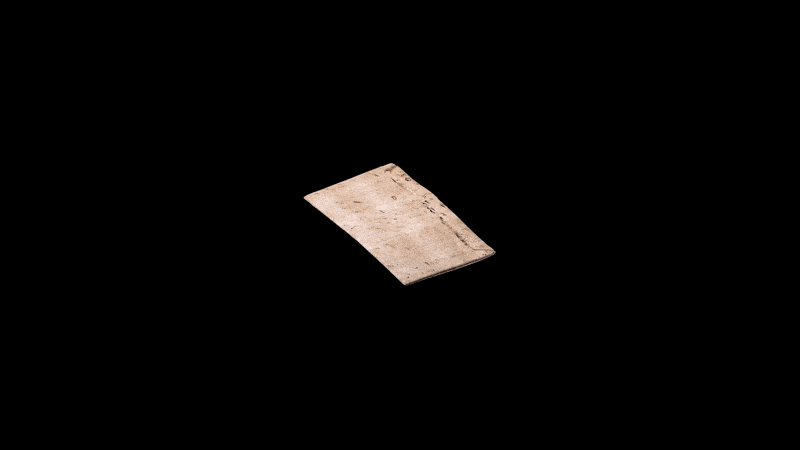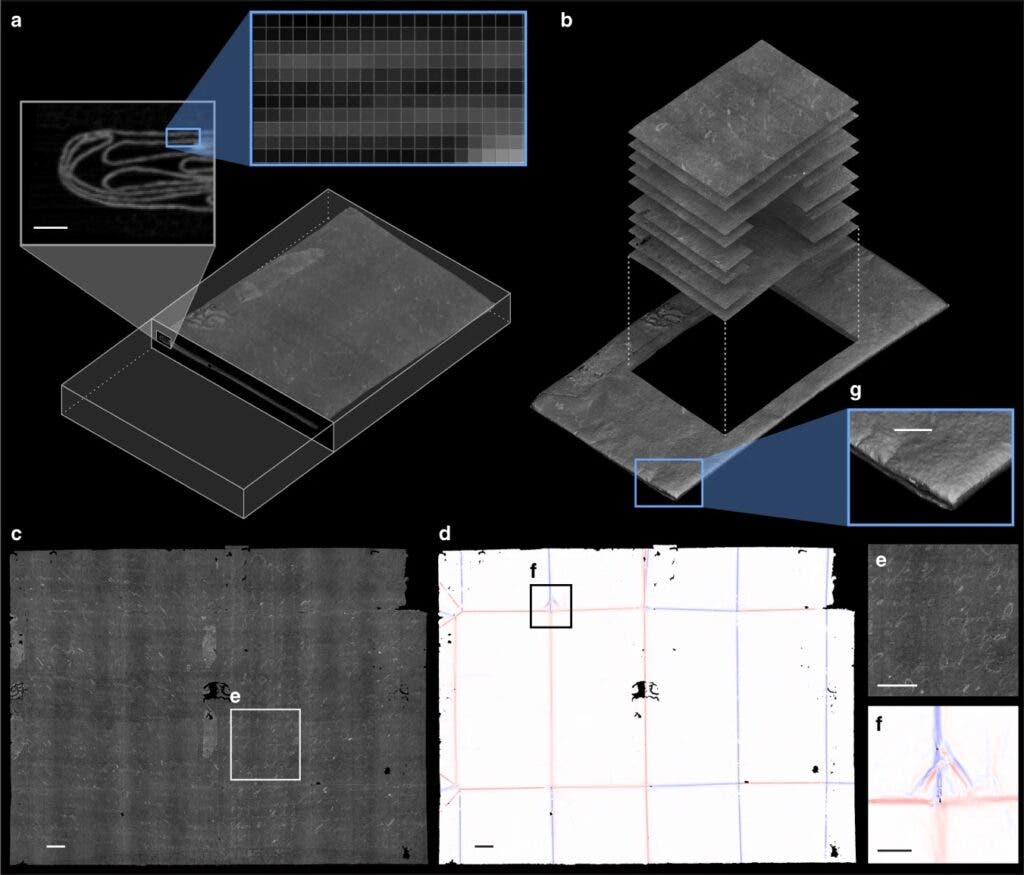
Before the first sealed envelopes were invented, people in Europe used to protect their sensitive correspondence using complex folding techniques. Essentially, the letter itself becomes the envelope. Such an intricately folded and sealed letter from more than 300 years ago was recently unlocked by scientists using non-invasive X-rays.
The letter was found in a 17th-century postmaster’s trunk in The Hague, Netherlands, alongside more than 3,000 other undelivered letters. More than 550 of these letters were never opened and ‘letterlocked’.
Though recently coined, the term letterlocking describes an old and varied practice, that of using one or several of a suite of physical methods to ensure that nobody reads your letter but its intended recipient. For instance, various folds, rolls, slits, holes, tucks, and adhesives were creatively mixed to construct locks for letters to protect the message. If an intruder did read it, it showed.
A more recent example of letterlocking that has come to light is that of Mary, Queen of Scots, who used a “spiral locking” technique to seal the last letter she wrote before her execution in 1587, indicating that she wanted the contents to remain secret, according to research published in 2021. The fallen monarch used a spiral locking process to seal a message that was “a last will and testament and a bid for martyrdom,” the research published on Friday says.
Read receipts before they were cool
Letterlocking began in the 13th century with the spread of flexible paper and ended with the mass-produced enveloped entered circulation in the 19th century. It is one of many techniques meant for securing documents across a 10,000-year history, from clay tablets in Mesopotamia to today’s online passwords and two-step authentication.

Besides the letterlocking techniques themselves, the passage of time had made the letter from the trunk so fragile that opening them would destroy their contents. Luckily, modern technology can unlock these letters safely.
In a new study, researchers at Queen Mary University of London placed the letterlocked folded papers inside an X‐ray microtomography scanner. The machine is typically designed to image the mineral content of teeth, but its sensitivity made it ideal for resolving certain types of ink on paper.
After imaging the folded papers, it was then a matter of digitally unfolding and unpacking the sheets using a computer algorithm until they could be read.

So far, the scientists have unlocked four letters and deciphered one letter, known as DB-1627. Dated on July 31, 1697, this letter was written by a man named Jacques Sennacques to his cousin Pierre Le Pers, who lived in The Hague. The author, who lived in Lille, France, asked Le Pers for an official certificate for a relative named Daniel Le Pers, perhaps for solving a matter of inheritance. Before the computational analysis, the researchers only knew the name of the intended recipient, written on the outside of the letter packet.
“Letterlocking has enormous potential to cast new light on countless primary historical materials, and our generalized algorithmic conservation approach demonstrates the power of computational analysis for driving this research forward. We envision a thorough, data-driven study, encompassing tens of thousands of known unopened letters plus millions more opened letters, drawing together letterlocking data globally to make persuasive, consequential statements about historical epistolary security trends. By synthesizing traditional and computational conservation techniques, we can help further integrate computational tools into conservation and the humanities—and show that letters are all the more revealing when left unopened,” the authors concluded in the journal Nature.



